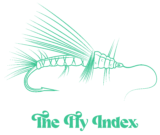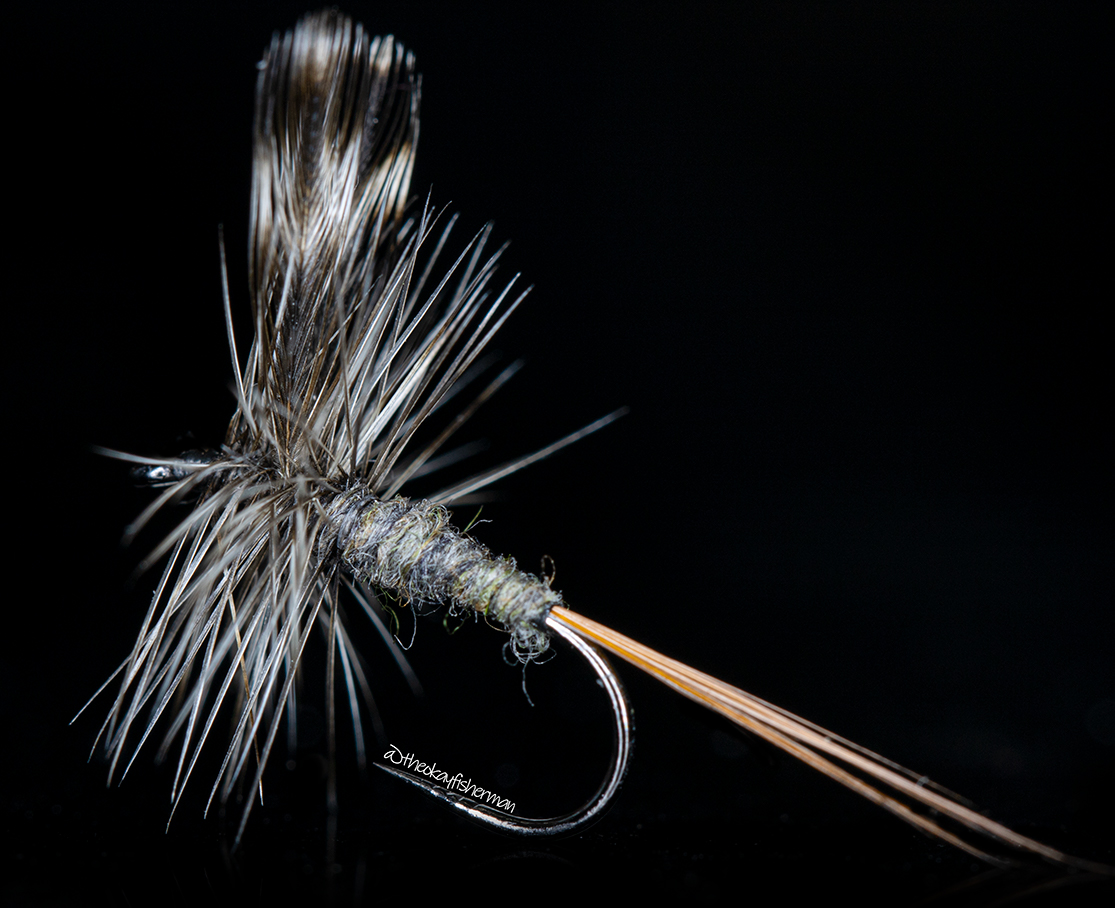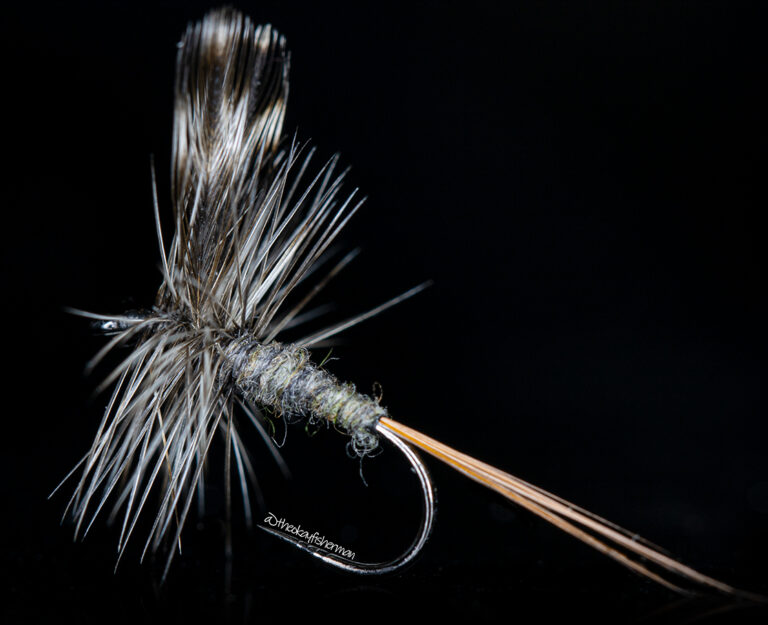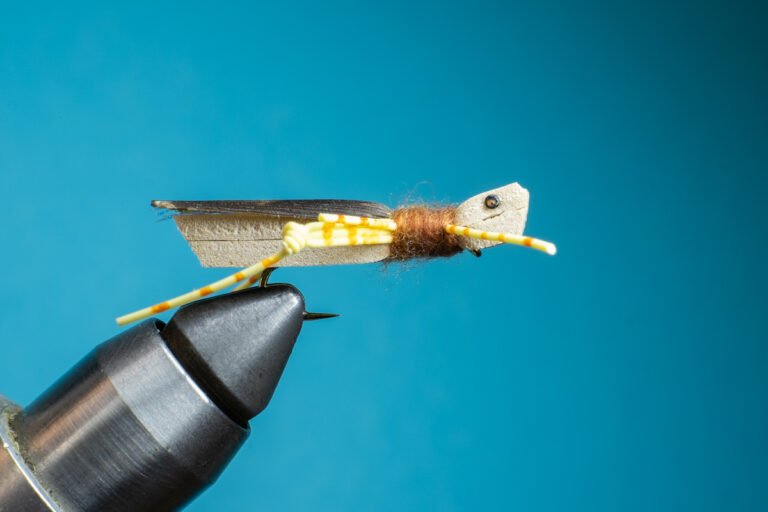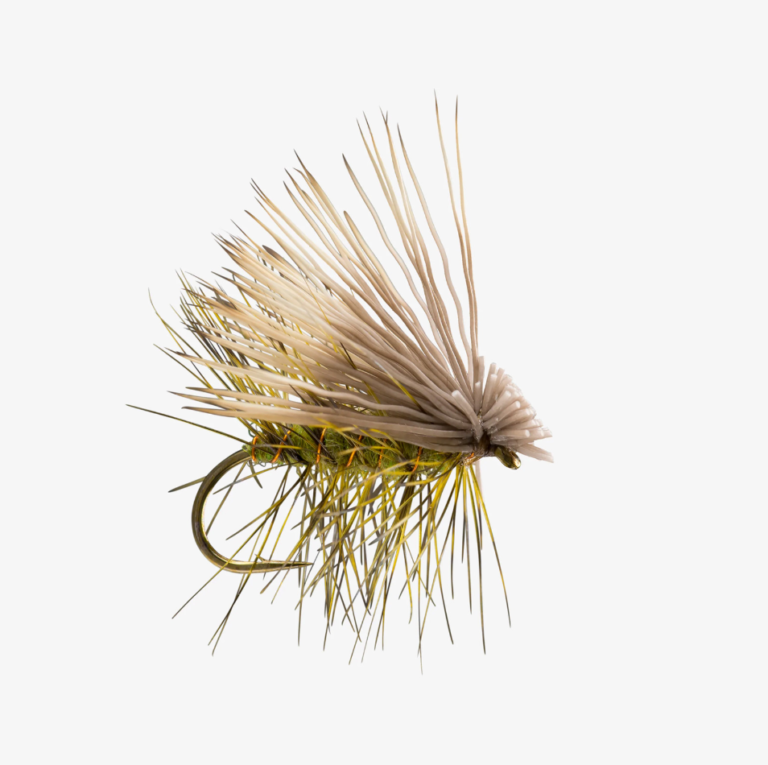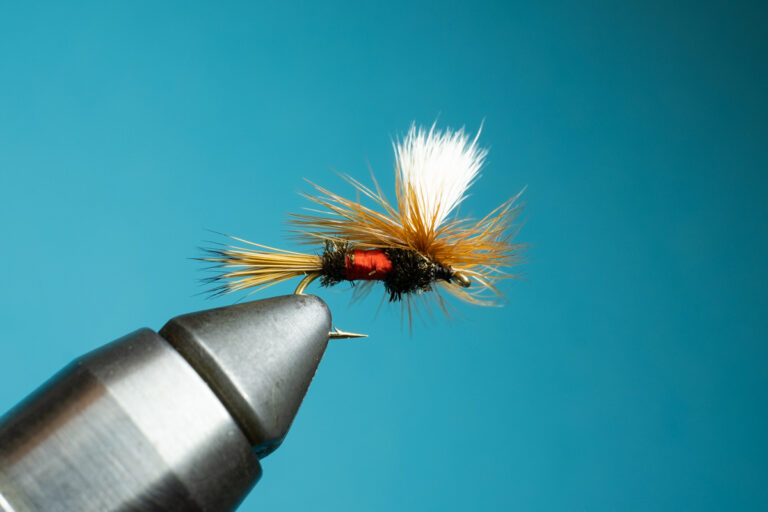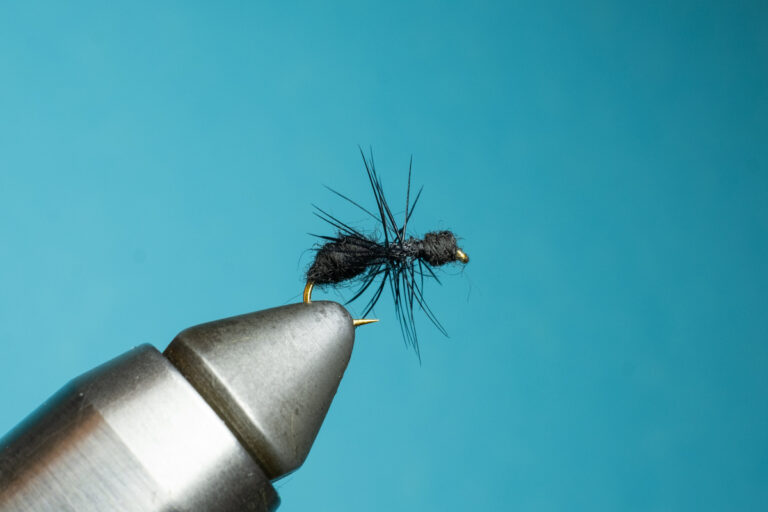What are the must have, top 5 dry fly patterns?
Well as with any list, this is purely subjective, and based on this writer’s opinion, as well as the location and species that I fish for most (UK or US small streams, and trout).
Here are the top 5 dry flies that you’ll always find in my fly box:
1. Adams
2. Hopper
3. Elk Hair Caddis
4. Royal Wulff
5. Fur Ant
Read on to find out more about each fly:
The Adams fly is a classic dry fly pattern renowned in fly fishing. Created by Leonard Halladay and named after his friend Charles Adams, this versatile fly imitates various mayfly species that float on the water’s surface. Its distinguishable features include a gray or brownish body, grizzly hackle, and upright wings made from rooster hackle fibers. The Adams fly’s realistic silhouette and presentation make it effective in fooling selective trout and other freshwater fish. It’s a go-to choice in a fly angler’s repertoire due to its adaptability and proven track record in enticing fish to rise and strike.
The fly in this image was tied with grizzly hen hackle tips as the wings, a variant feather for the wings, and Natures Spirit Fly Tying tailing fibers for the tail, though these can easily be substituted. You can also buy the finished fly here if you don’t tie yourself.
This pattern was tied by Raymond Collette, aka @theokayfisherman on Instagram and YouTube. Check out his Etsy shop here.
2. Rainy's Grand Hopper
This is one of the simplest hopper patterns to tie, and in my opinion works just as well as the ones tied with deer hair or hackle feathers. The one downside is that there’s no high-vis foam or yarn on top, so if you’re casting really far, or in super riffley water, this won’t be as easy to spot as some other variations. You can always modify this by adding a bit of orange foam, or white poly yarn on top to make it easy to spot.
Other variations include the Dave’s Hopper, the Moorish Hopper, and the Parachute Hopper.
3. The Elk Hair Caddis
One of the most common caddis fly imitations, the elk hair caddis fly can be tied to match any size or color caddis. Thanks to the hackle wraps and elk hair wings, this fly is great for fast water or riffles where other flies might sink.
The real caddis flies like to flitter along the surface of the water, so giving the fly a little movement doesn’t hurt. I tie these on a TMC 100 or similar dry fly hook from size 20 up to size 12, and I make sure to have a variety of natural colors in my box to help match the hatch on the water.
4. The Royal Wulff
A slight variation on the original Royal Wulff, this parachute version is no better or worse, but probably a little easier to see in rougher water, which is where the Royal Rulff really shines anyway.
It’s hard to say which fly pattern is the most famous (arguments could be made for the Adams, the Clouser Minnow, Lefty’s Deceiver, etc…), but the Royal Wulff is right up there with the most well known and for good reason. This fly is an amazing attractor pattern, a good mix of natural buggy colors like brown and peacock herl, with a giant red hot spot right in the middle. A derivative of the Royal Coachman, the history of this fly is contested, and involved. (Check out the Wikipedia entry for more on this).
What’s not contested is that trout love it almost as much as us fly fishermen and women. It’s a fun fly to tie, easy to see on the water, and it looks nice too!
5. The Fur Ant
Tiny ant flies are often a saviour in summer months, and this super-easy pattern is a must have in every dry fly box. The only time I ever got to meet the great George Harvey, he was speaking at a Trout Unlimited meeting in State College, Pennsylvania, and he brought a small plastic container full of these flies. I’m not sure why he brought them, but he pulled them out to show everyone, and it was a testament to how much he revered this simple pattern.
The deer hair ant is similar, but this version is simpler. It’s just black dubbing and black hackle. But if you want to make it more involved (I find it’s usually not necessary) you can add a white parachute to help with visibility, wings, or a red hot spot at the back.
